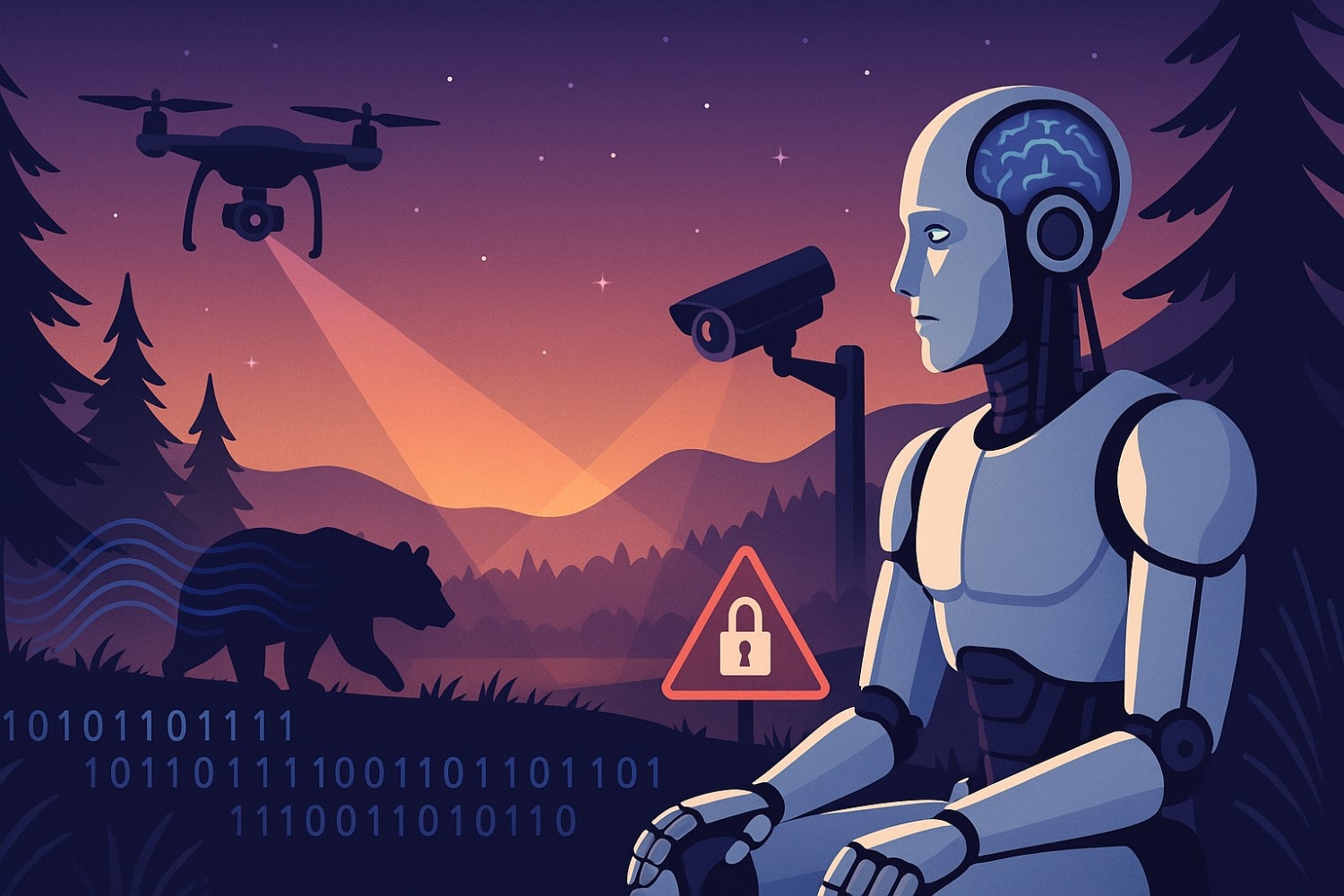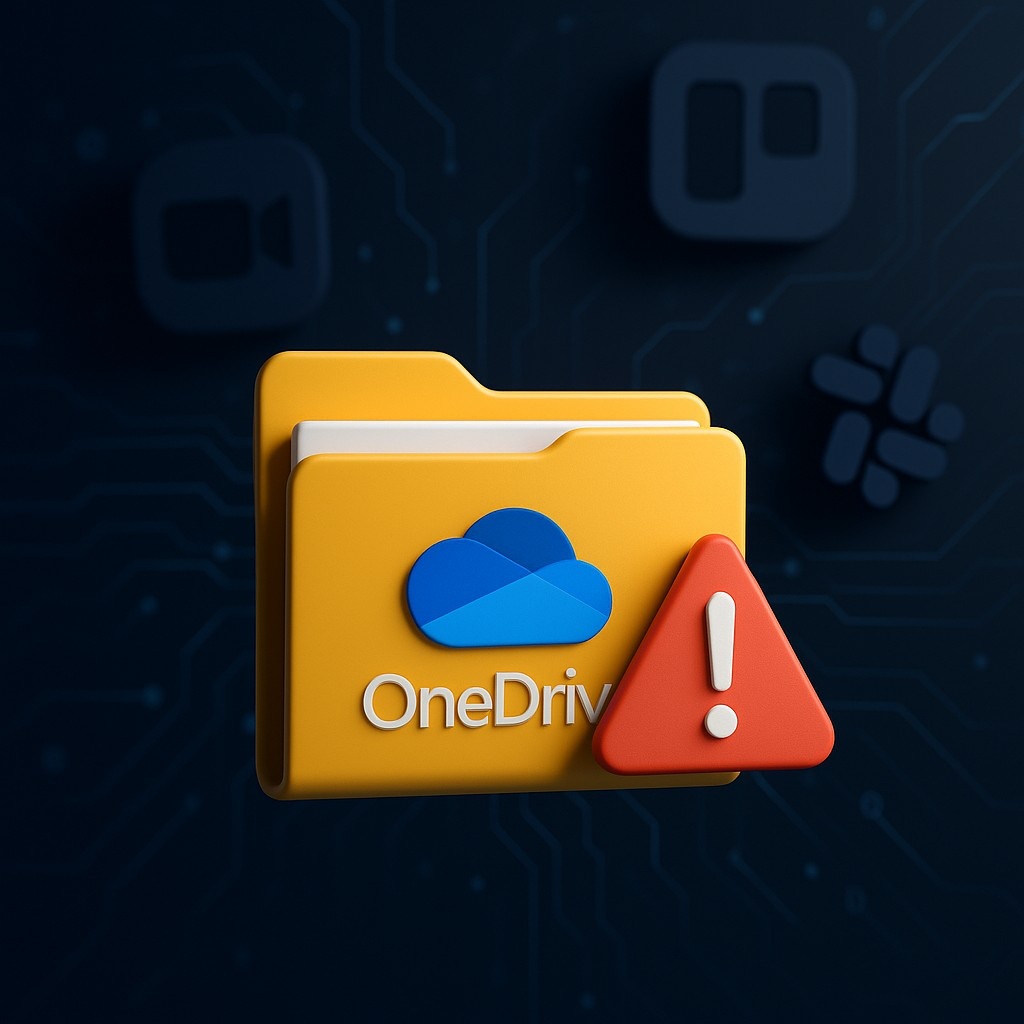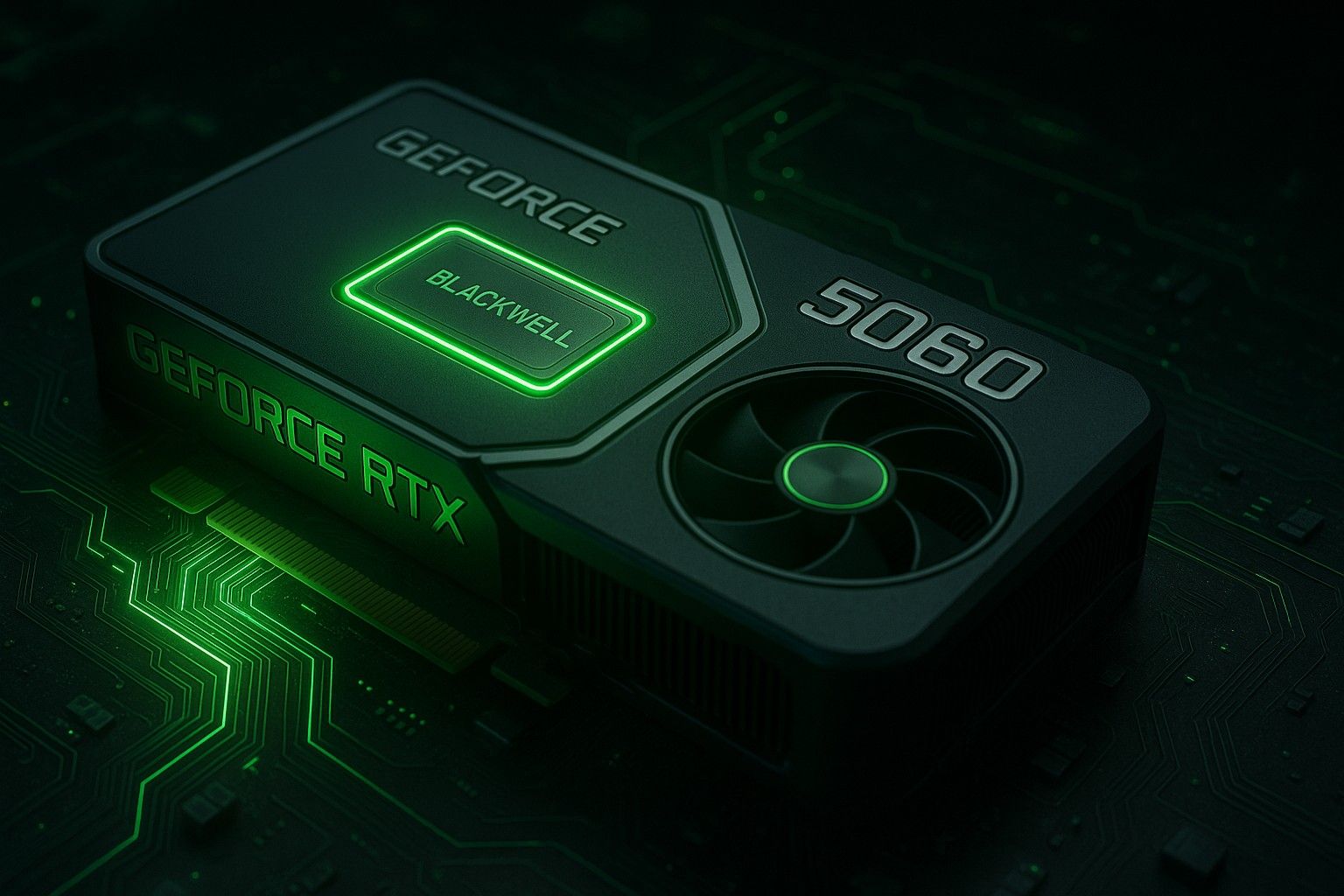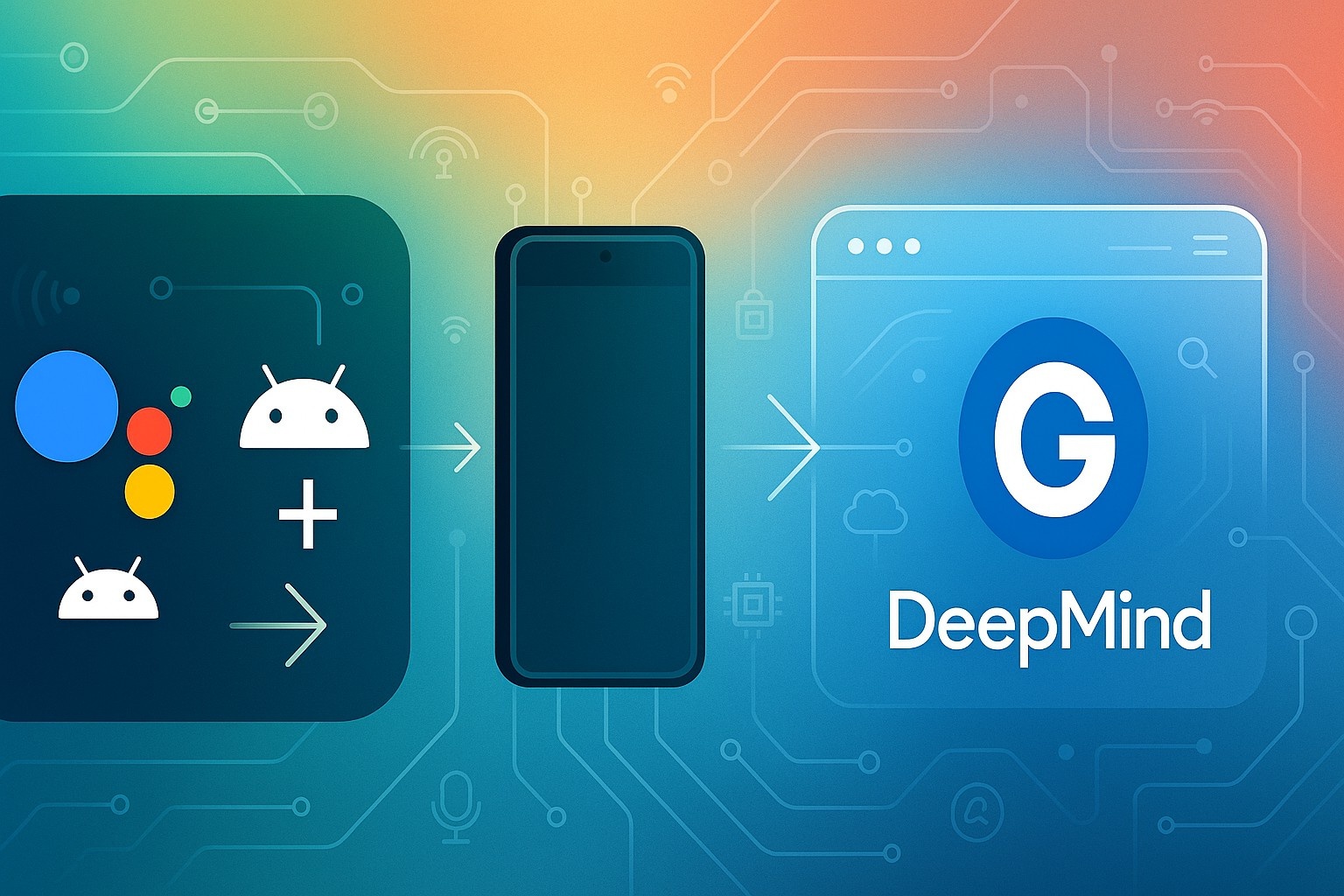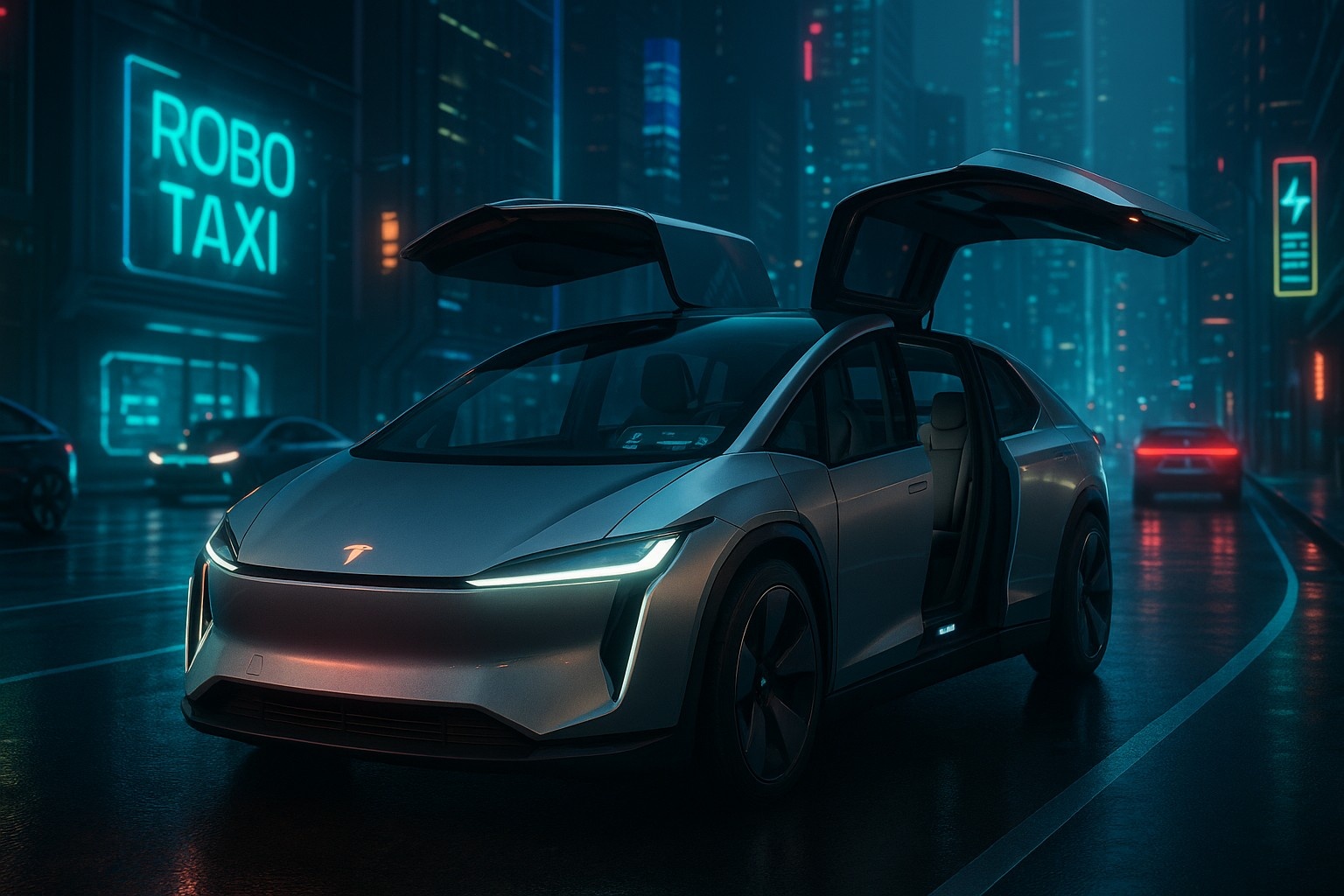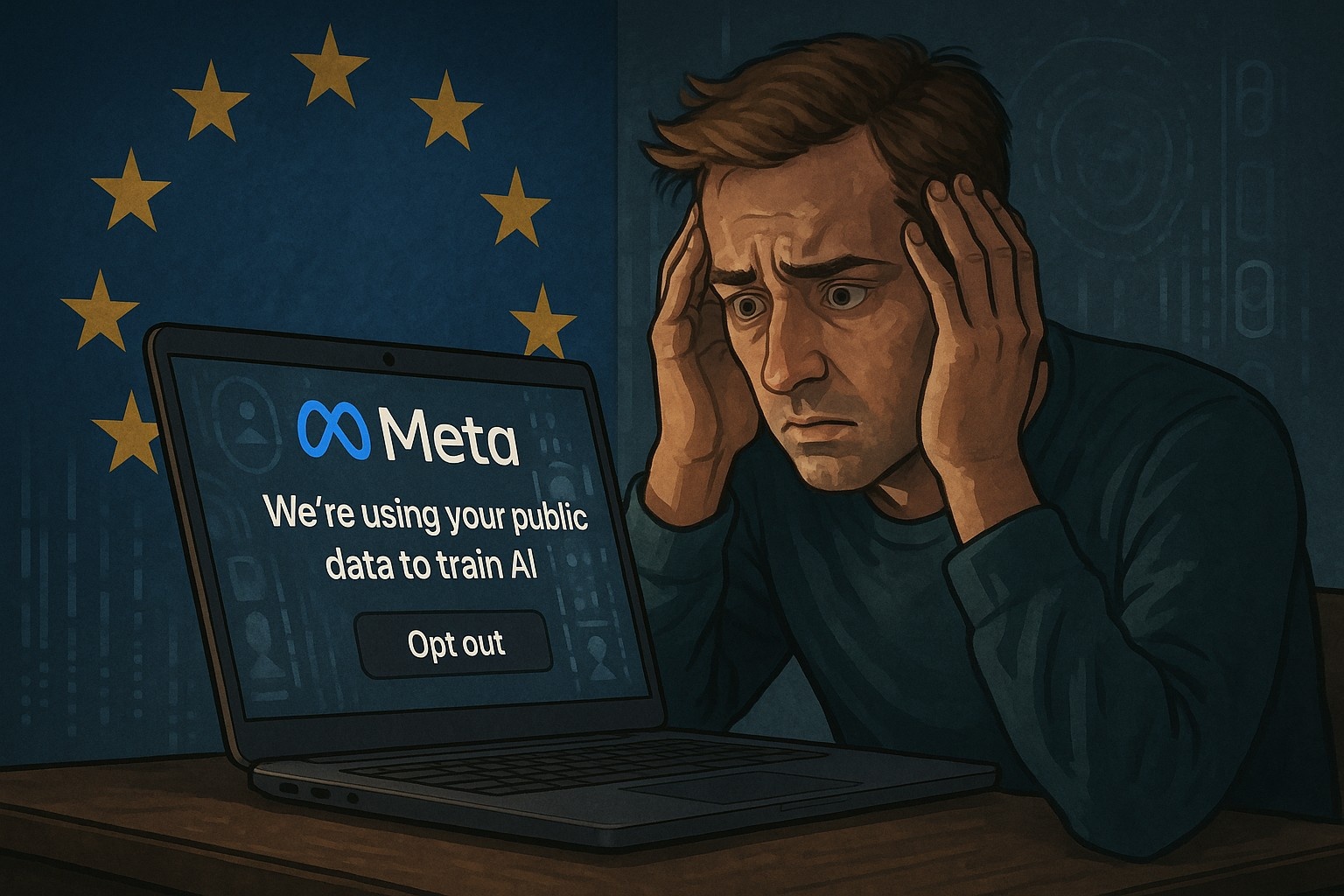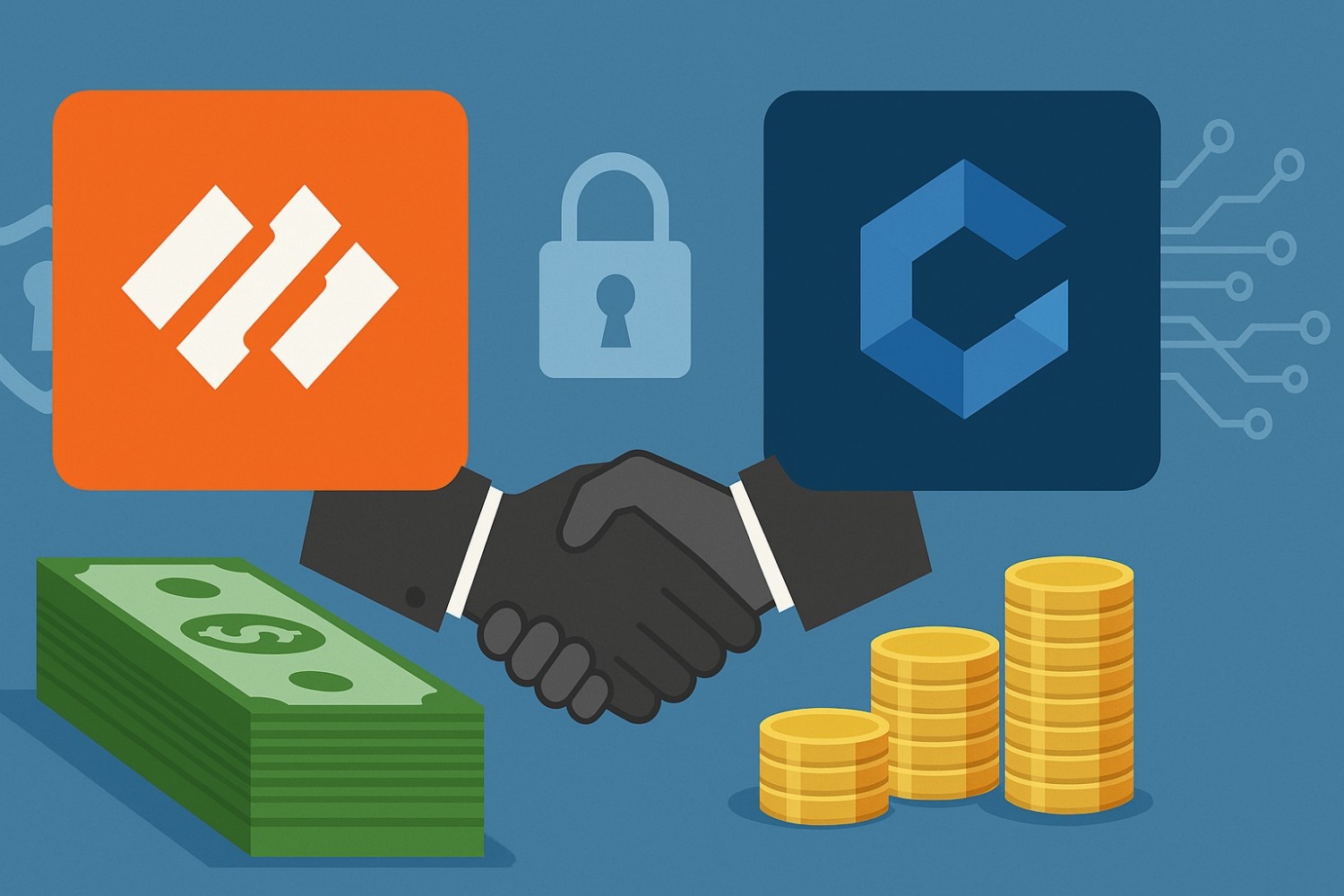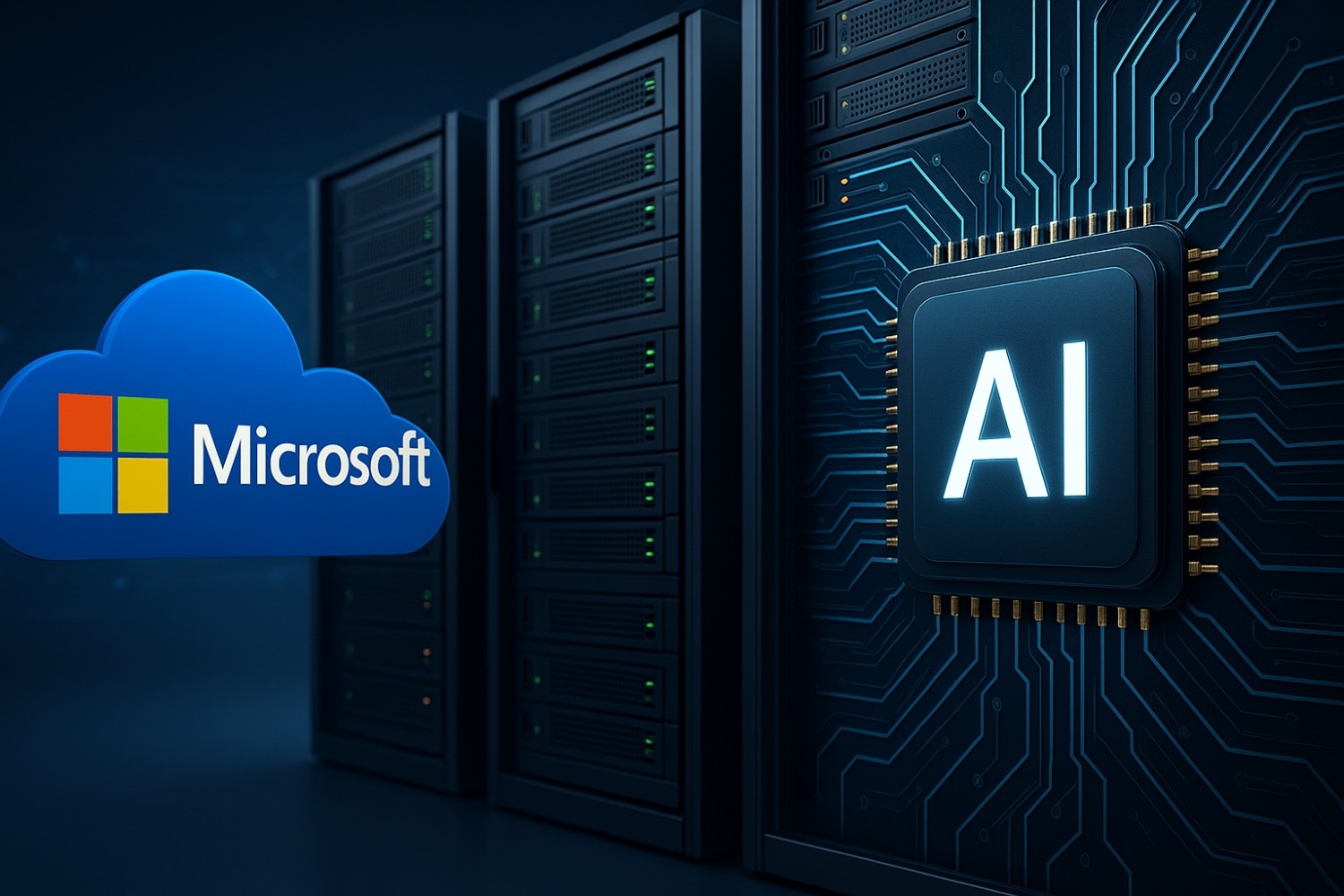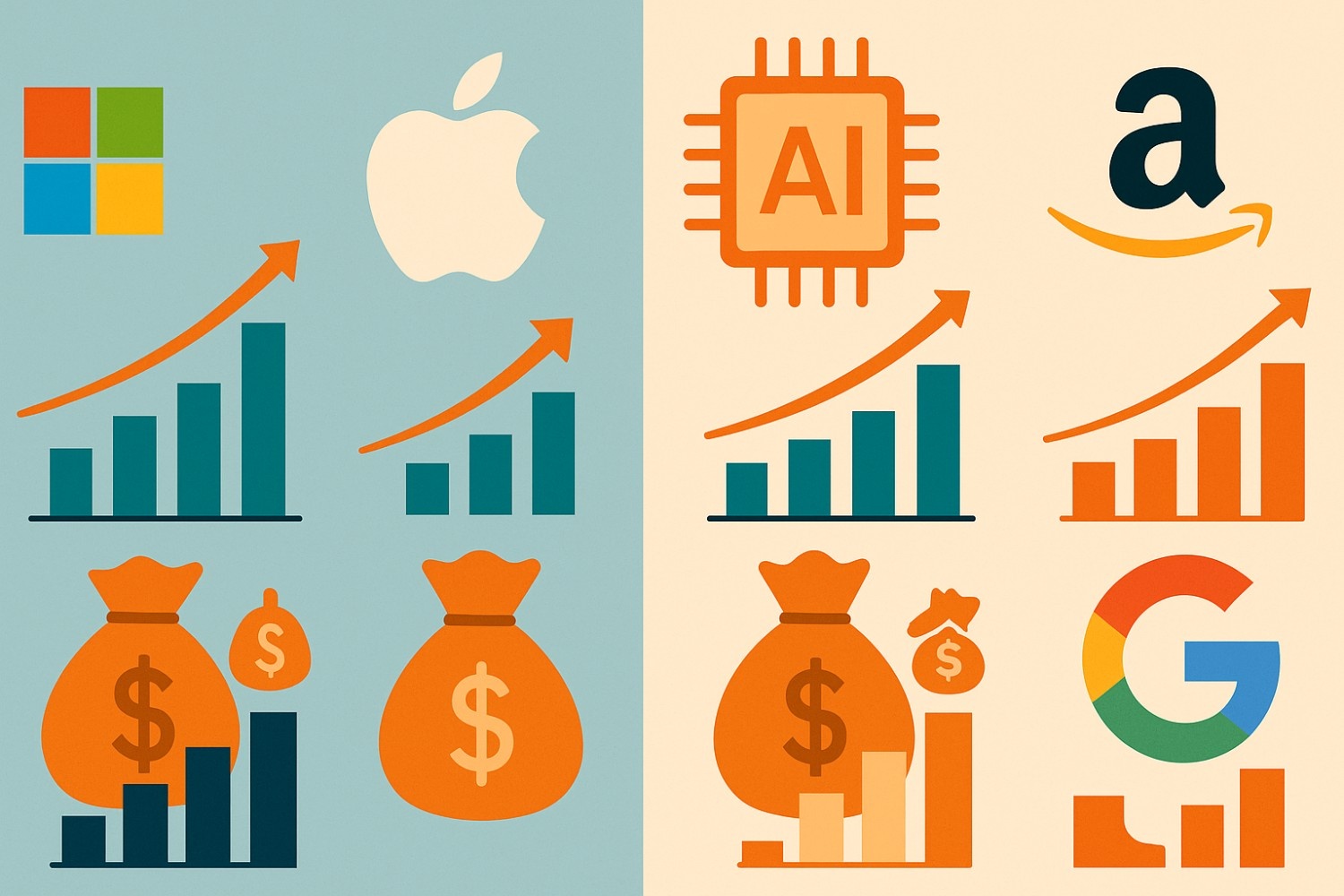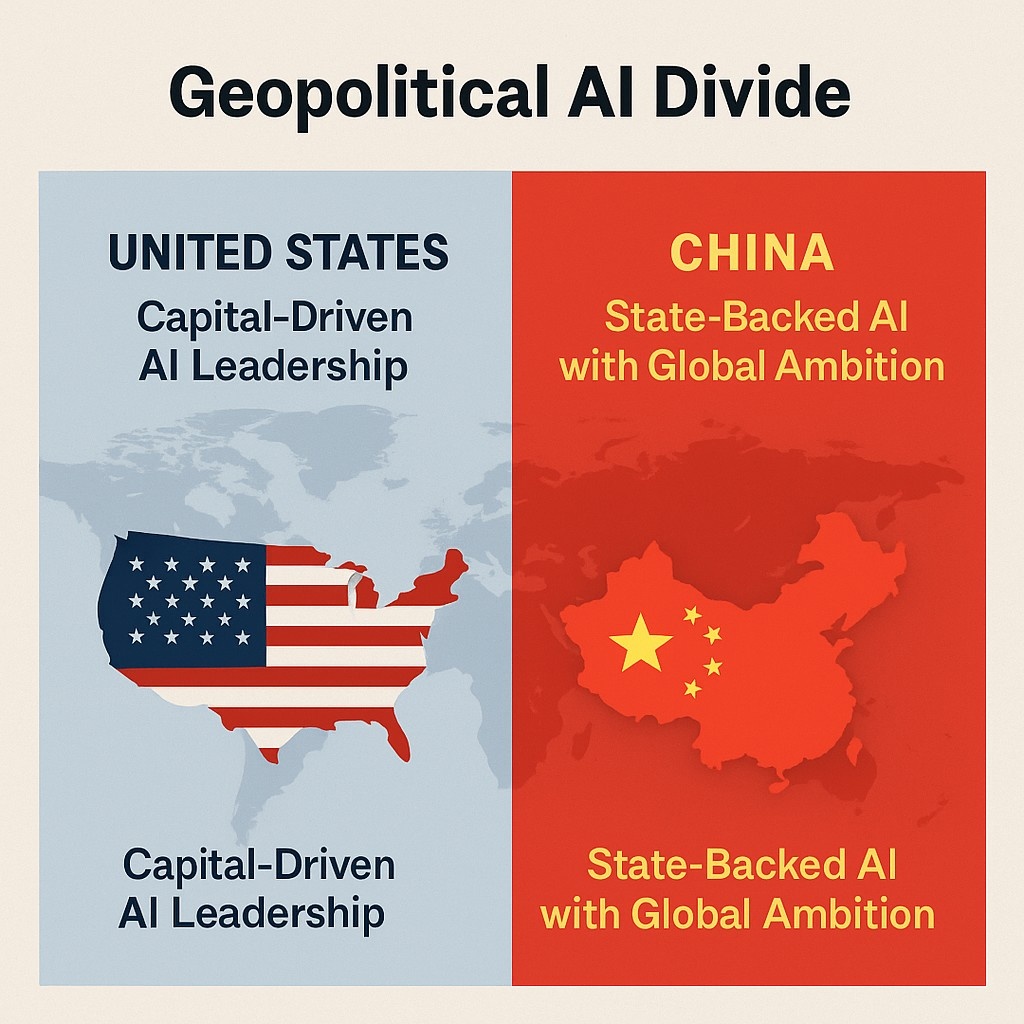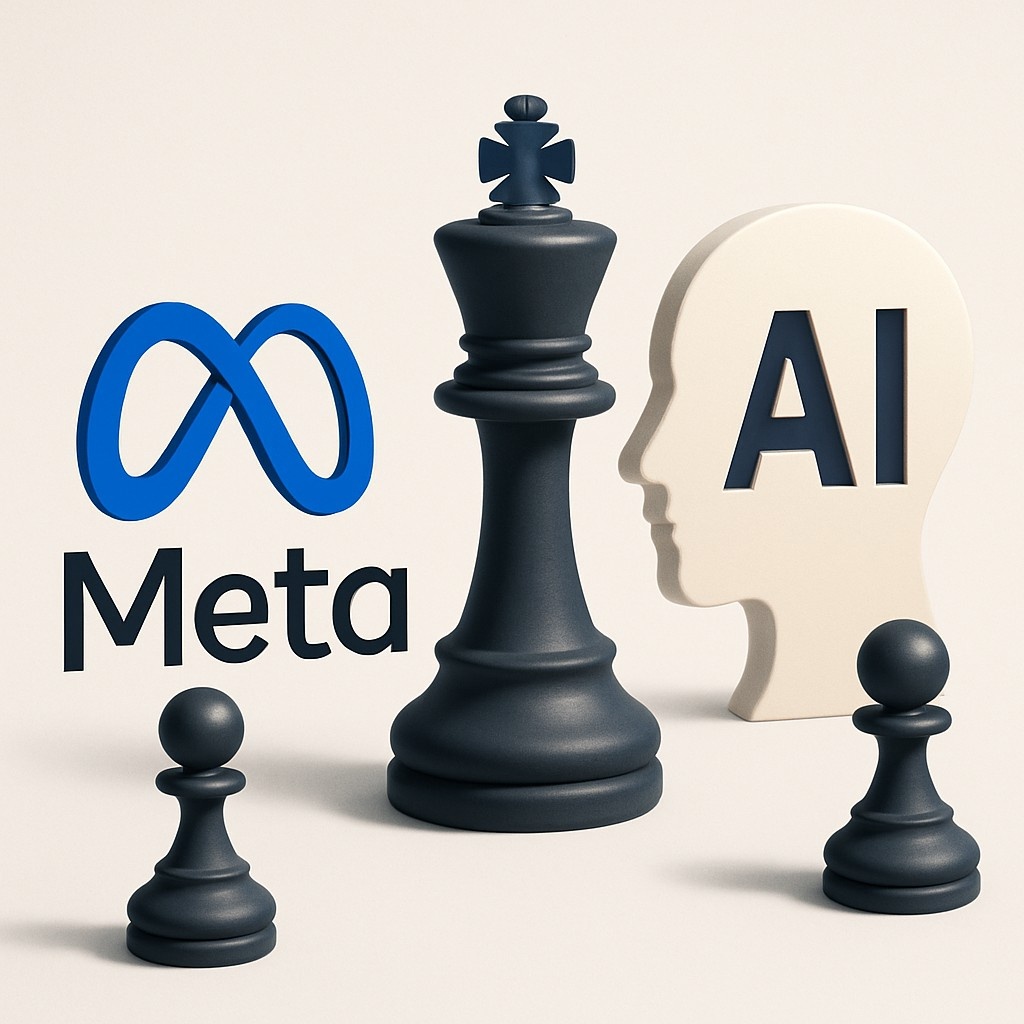AI in the Wild: How Breakthrough Innovations Are Colliding with a New Era of Security Risks
As artificial intelligence rapidly evolves from theory to deployment, its use is splitting into two sharply defined directions. On one side, AI is driving unprecedented scientific breakthroughs—redefining vaccine design, materials research, and drug discovery. On the other, it is quietly introducing a new frontier of cybersecurity vulnerabilities, as mass-market products rush to integrate AI without robust protection.
This tension between innovation and risk is becoming the defining theme of the current AI era. While the promise of AI grows, so does the threat of AI-driven breaches that target the very tools developers are using to build the future.
AI in Scientific Discovery: From Virtual Labs to Real-World Impact
A new landmark study from Stanford University, published in Nature, has shown that AI is now capable of operating as a kind of “virtual scientific team.” In this experiment, researchers developed a system in which multiple AI agents—each with distinct roles—worked together under the supervision of a higher-level “principal investigator” agent to design new COVID-19 nanobody vaccines.
What made this remarkable was not just the design outcome, but the autonomy of the AI system itself. The human researchers only needed to step in for 1% of the decisions. The rest—molecular structure design, docking simulations, ranking of efficacy—was handled entirely by AI.
This is a major leap in agentic AI, where multiple intelligent systems interact like real-world scientific collaborators. The nanobody designs generated by the system were synthesized and tested in laboratories, and several candidates demonstrated strong performance against real virus targets. It is the first time AI has not just assisted science but acted as the driving force behind a new biomedical discovery.
AI in Battery and Materials Research
Parallel to biomedicine, AI is also being used to analyze massive datasets in materials science, particularly for improving energy storage technologies. Research teams are training AI models to identify patterns in atomic structures that lead to higher-efficiency battery materials. These innovations are crucial for advancing electric vehicles and grid-scale energy storage—two industries that form the backbone of future energy systems.
Together, these developments show AI's potential to tackle long-standing challenges in public health and sustainable technology—problems too complex for traditional human-led experimentation alone.
Consumer AI and the Hidden Rise of Cybersecurity Threats
As AI begins to transform scientific research, it is simultaneously becoming embedded in mainstream consumer products. But the speed at which this is happening is creating serious concerns in the cybersecurity community.
The Amazon Q Supply Chain Attack
In July 2025, a critical incident exposed the vulnerabilities of consumer-grade AI tools. A hacker successfully submitted a malicious prompt into the open-source code of Amazon’s Q Developer Extension, an AI coding assistant integrated into Visual Studio Code.
This wasn’t a normal hack. The attacker didn’t breach user accounts or steal data. Instead, they injected a specially crafted prompt—natural language instructions—that, if processed, would cause the AI to delete local and cloud files using AWS CLI commands.
Although the prompt was caught and patched in time, Amazon later revealed that nearly one million users had already downloaded the compromised version. It was a clear demonstration that AI-based tools can be exploited at the code level, creating attack vectors that most companies are not yet prepared to handle.
A New Attack Surface: Prompt Injection and Model Manipulation
The Amazon Q breach is just the beginning. Security researchers are warning about an entirely new category of threats:
- Prompt injection: where malicious commands are disguised as natural language inputs, targeting how models interpret instructions.
- Model poisoning: corrupting the AI model during training or updates to behave unpredictably.
- Supply chain attacks on AI tools: exploiting the development infrastructure (e.g., GitHub repos, VS Code extensions) that build and deliver AI features.
- Adversarial attacks: manipulating AI outputs using subtle data alterations, especially in image generation or language models.
The shift to AI-powered development tools means that software engineering now includes an invisible layer of generative reasoning. If compromised, this layer could automate catastrophic actions before any human even realizes.
The Race Between Innovation and Security
Major tech firms—from Amazon and Google to Baidu and Tencent—are rapidly launching consumer-facing AI platforms: virtual shopping assistants, 3D world generators, personalized avatars, and AI-driven search. However, the security protocols surrounding these deployments are lagging behind.
This creates a dangerous imbalance. The pressure to release new features is outweighing the time needed to secure them. The consequence is a growing list of AI-specific vulnerabilities that cannot be solved using traditional cybersecurity practices alone. The situation demands the emergence of a new field: AI Security Engineering.
What AI Security Must Now Include:
- Validation of AI prompts as executable code, not just text.
- Code review protocols for open-source AI repositories, especially those that interact with system-level commands.
- Model behavior testing under adversarial scenarios, especially for tools that access user systems or cloud APIs.
- Governance frameworks for AI deployment pipelines, access management, and post-release monitoring.
Organizations that deploy AI at scale will need to rethink their entire DevSecOps stack, integrating model integrity checks and prompt-level threat analysis into daily development.
Conclusion: AI’s Future Lies at the Crossroads of Progress and Protection
The trajectory of artificial intelligence is extraordinary. From designing life-saving molecules to discovering new materials that will power the green economy, AI is beginning to solve problems that have eluded humanity for decades.
But this same technology is also exposing digital systems to new and subtle forms of attack—ones that target the language, logic, and instructions we now give to machines.
The future of AI depends not just on how powerful our models become, but on how responsibly we deploy them. The era of AI security is no longer optional—it is urgent, and it must evolve in parallel with innovation itself.
